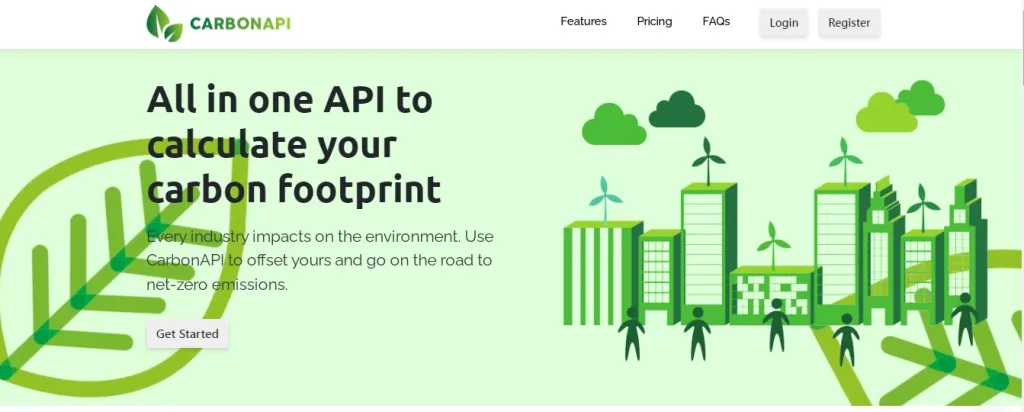The environment has altered. More CO2 is present than before, temperatures have generally risen since the industrial revolution by roughly 1°C, and climate forcing—the difference between solar energy absorbed by the Earth and energy radiated back into space—has grown by 2.3 watts per square meter over that time. These many figures result in a challenging equation. Science is already working on many solutions to it; read this article to discover more about them.
What Does Transportation Have to Do with Greenhouse Gases?
The industrial and mechanization revolutions swept the West during the 20th century, accompanied by the use of coal. Petroleum, a source that is likewise rich in carbon, is however added to this one. The creation of the vehicle and, more specifically, the Ford T’s mass manufacture of automobiles starting in 1913, cause the burning of fossil fuels and the emission of greenhouse gases.
Today, the major source of carbon emissions worldwide is the transportation industry. Almost all of the vehicles on our highways utilize fossil fuels, which produce carbon emissions. Another component of the transportation industry that uses a significant amount of fossil fuels and contributes 10% of the world’s emissions is aviation (the plane in flight).
Attention must be paid to the maritime and aviation sectors because they produce 5% of all emissions worldwide. The efficiency of fuel can be improved through technological and operational advancements, but the larger demand anticipated in the future suggests that decarbonization and absolute CO2 reductions won’t follow. Both industries must quickly transition away from fossil fuels while maximizing energy efficiency.
How Can We Change Things?
Numerous strategies are being researched to lower atmospheric CO2. In order to store the gas securely underground, the CSIC of Spain and the Technical University of Freiberg (Germany) are looking into a novel approach. Though technically challenging, it is doable. The plan is to store this carbon dioxide underground by capturing it. The issue: Because porous and permeable rocks that are typically found one to three kilometers below the surface are utilized, leakage is a possibility.
However, controlling and reducing daily gas emissions can significantly alter the situation. Calculating the carbon footprint is crucial to understanding how many greenhouse gases (GHG) a company has produced, either directly or indirectly. Following that, environmental regulations might be put into place to cut back on or eliminate these pollutants.
Since the result is achieved by multiplying the consumption data (activity) by the appropriate emission factor according to the kind of fuel or gas used, the formula for calculating the carbon footprint is straightforward. However, it can be difficult for a business to keep track of what is happening in many areas. As a result, Carbon Calculator APIs, like CarbonAPI, have grown in popularity as a faster, more accurate way to achieve this.
More About CarbonAPI
CarbonAPI is the solution for you if you’re looking for an easy way to determine the gas emissions produced by your activity. Companies looking to support the effort to combat global warming place a high value on this instrument in the market. You will find it extremely simple to acquire precise data and figures on the gas emissions of any sector by incorporating this technology.
This API is also highly useful for assessing the results of adopted green initiatives. Additionally, it enables you to easily communicate these figures with a broader audience. For this purpose, the API, for instance, can be incorporated into a particular website. Carbon API is a straightforward yet effective tool that can be used on a variety of digital platforms because it offers solutions in the majority of programming languages.



